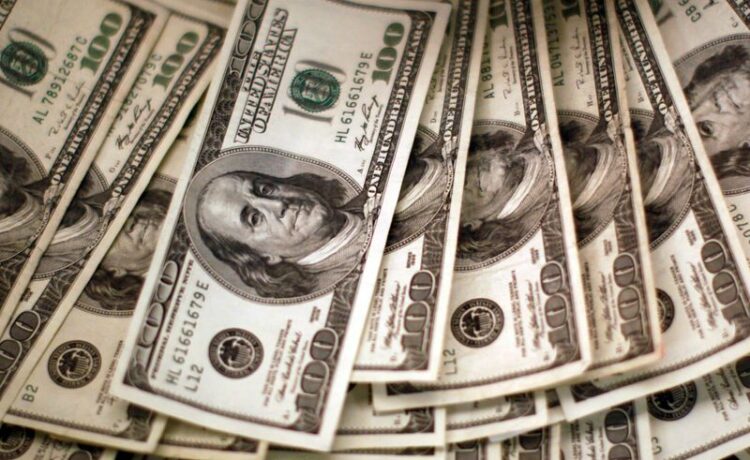By Hari Kishan and Sarupya Ganguly
BENGALURU (Reuters) – A strong U.S. dollar will maintain the status quo in the near term, as markets brace for a risk the Federal Reserve’s first interest rate cut gets delayed to the second half of this year, according to a Reuters poll of foreign exchange strategists.
Shrugging off a weakening trend late last year, the dollar has gained against nearly every currency tracked by traders and investors, and is up nearly 2.5% for the year.
Much of the greenback’s recent strength is based on stronger-than-expected U.S. economic performance and receding calls for early Fed rate cuts. The timing of the latter is likely to have a bigger say on the currency’s moves in the near-term.
“Over the next three months, I think we’re probably going to see the dollar hold in the ranges we’ve been seeing since the start of the year,” said Shaun Osborne, chief currency strategist at Scotiabank.
“If we’re in a situation where instead of the soft landing, it’s a no-landing scenario, that potentially reduces rate cut opportunities for the Fed quite significantly over the balance of this year, in which case the dollar probably stays relatively strong.”
Despite trader positioning data showing speculators increasing their net long dollar bets to the highest since last November, analysts in a Reuters March 1-6 poll were somewhat divided on how positioning will look over the next three months.
Among 66 analysts who answered an additional question, a slim majority of 35 expected not much change, while 17 predicted a decrease in net longs. Eleven said an increase in net longs and only three said a reversal to net shorts.
“One thing that’s happened this year is investors have had a hard time playing with the dollar and they’re looking for trades that…take the dollar out of it. I think that’s the way it will continue to lean,” said Dan Tobon, head of G10 FX strategy at Citi.
“Over the coming three months, we’ll have a marginally weaker dollar, but not get the type of flows that really create stretched positioning situations off the back of that.”
While currency strategists still expected the greenback to weaken against most major currencies over a 12-month period, median forecasts showed no big change to analysts’ predictions from a February poll.
The euro, down around 1.5% for the year, was forecast to gain 3.0% to trade around $1.12 in a year. The common currency was last changing hands around $1.09 on Wednesday.
Even the battered Japanese yen, which has lost nearly a third of its value since 2021, was expected to gain over 9.0% in 12 months to trade at 137.00/dollar.
After failing to make any headway against the greenback in 2023, the Aussie and Kiwi dollars were predicted to gain around 7.3% and 5.0% respectively, recouping their 2024 losses and trading higher against the U.S. dollar in coming months.
The Australian dollar and the New Zealand dollars – last trading around $0.65 and $0.61, respectively, on Wednesday – were forecast to rise to $0.70 and $0.64 by end-Feb.
(For other stories from the March Reuters foreign exchange poll:)
(Reporting by Hari Kishan; Polling by Sujith Pai, Pranoy Krishna and Veronica Khongwir; Editing by Ross Finley and Sharon Singleton)


